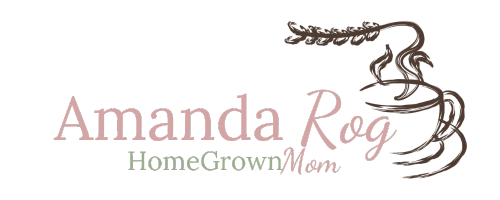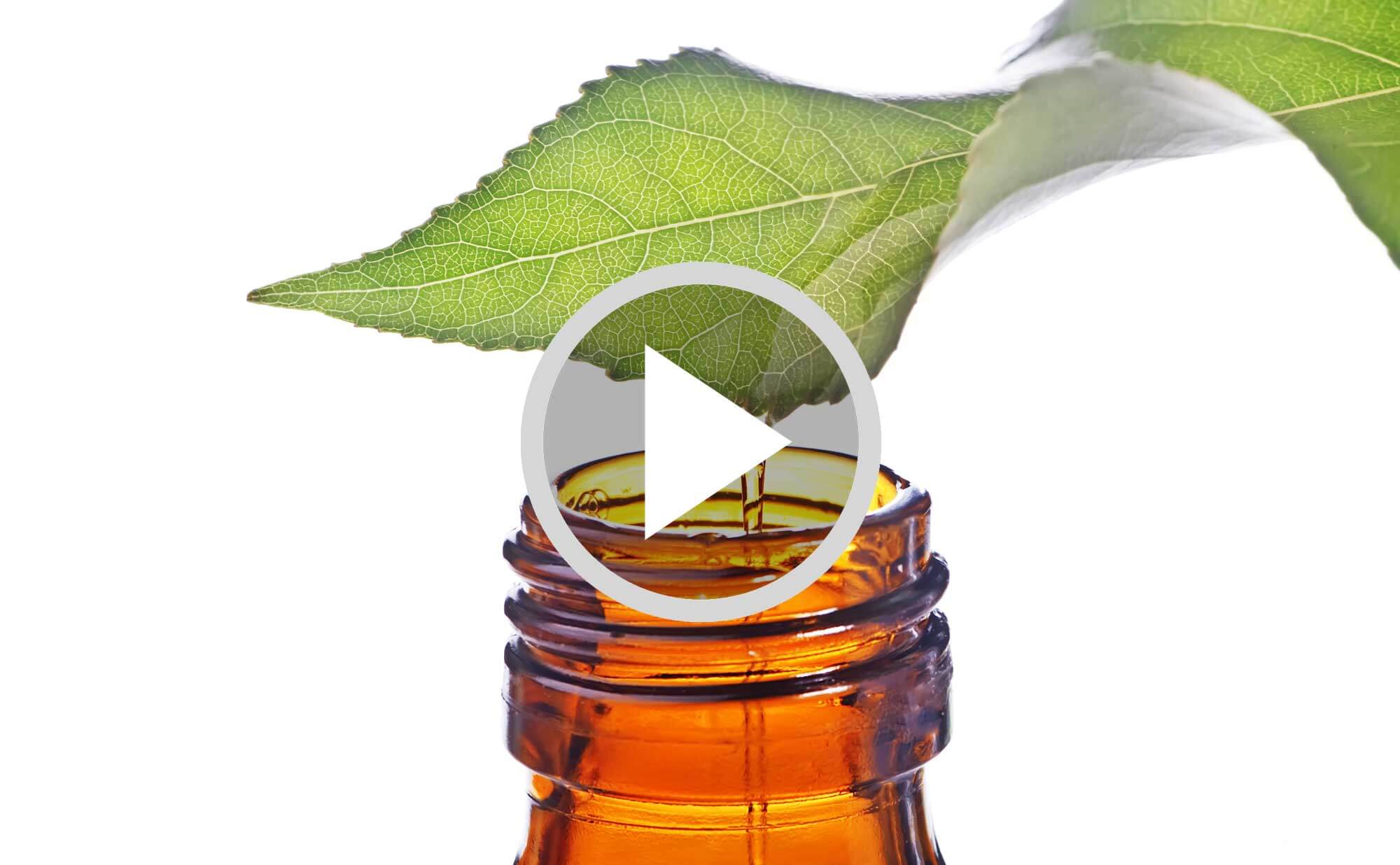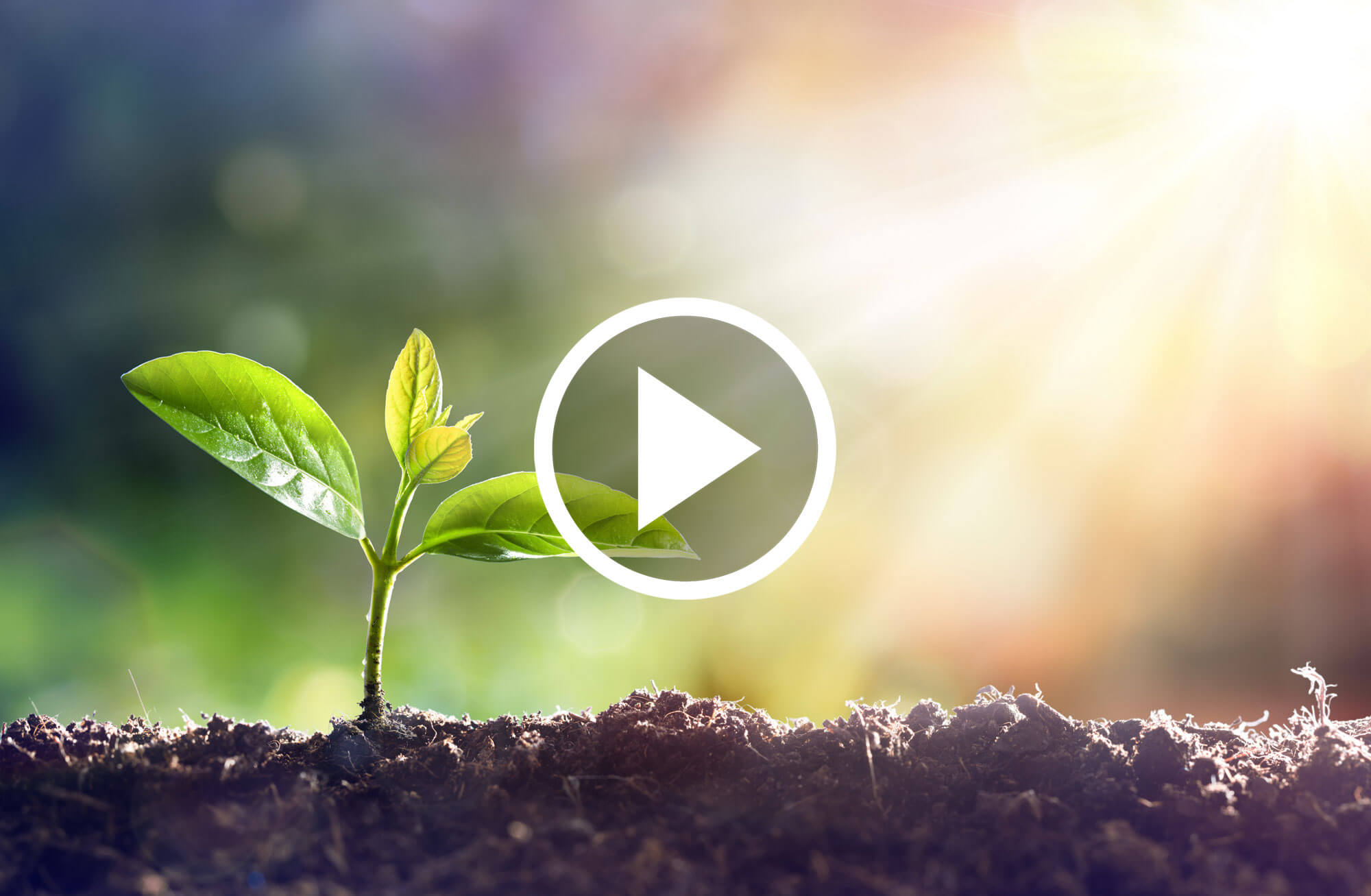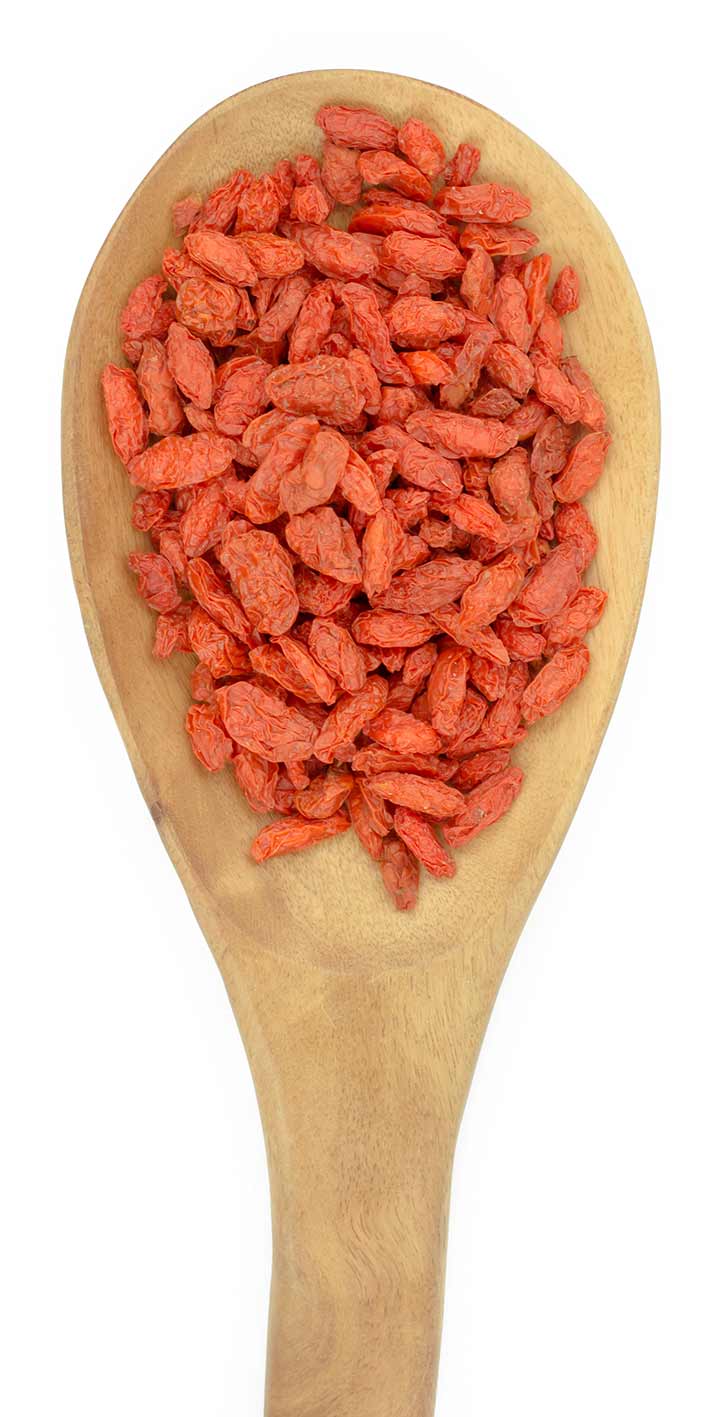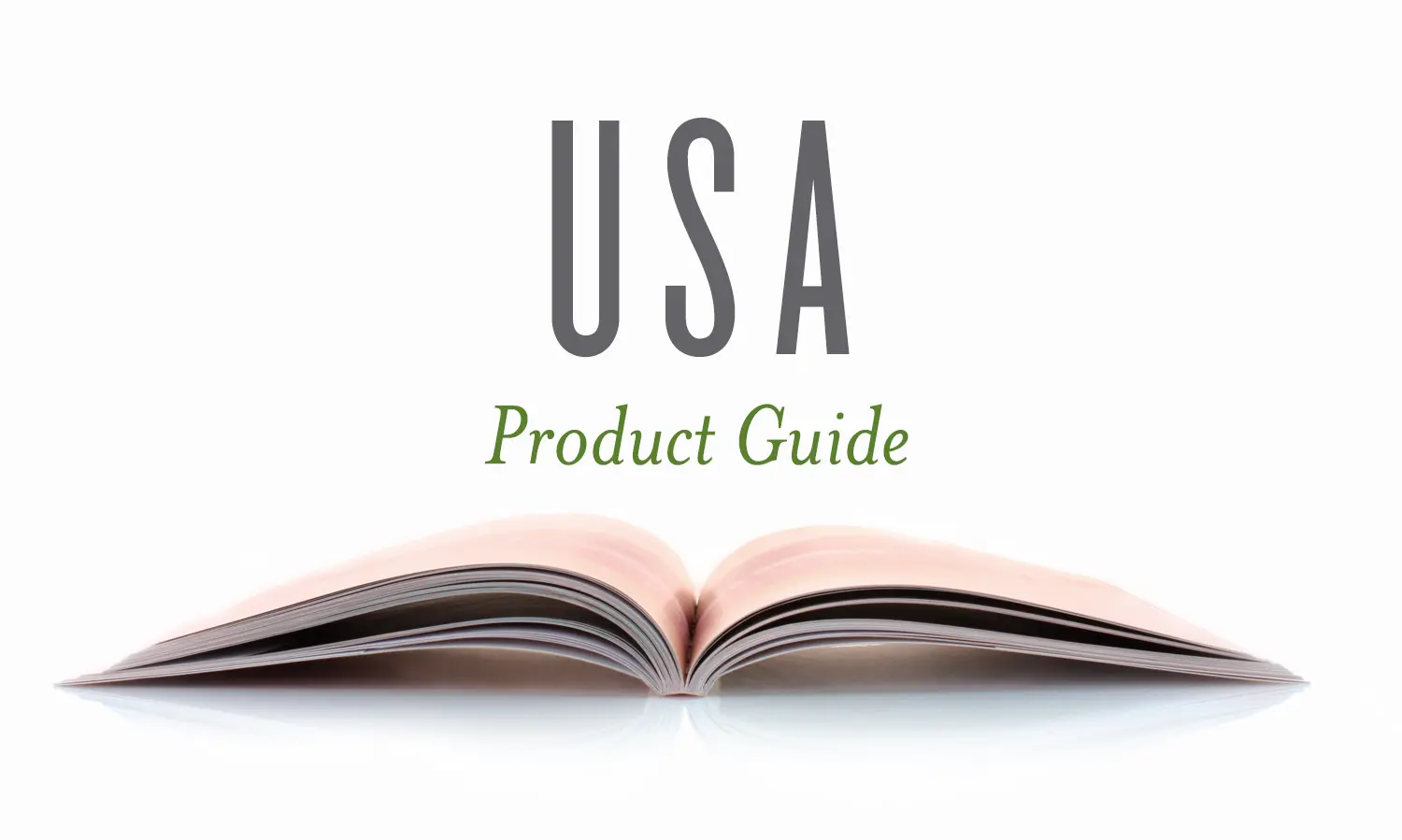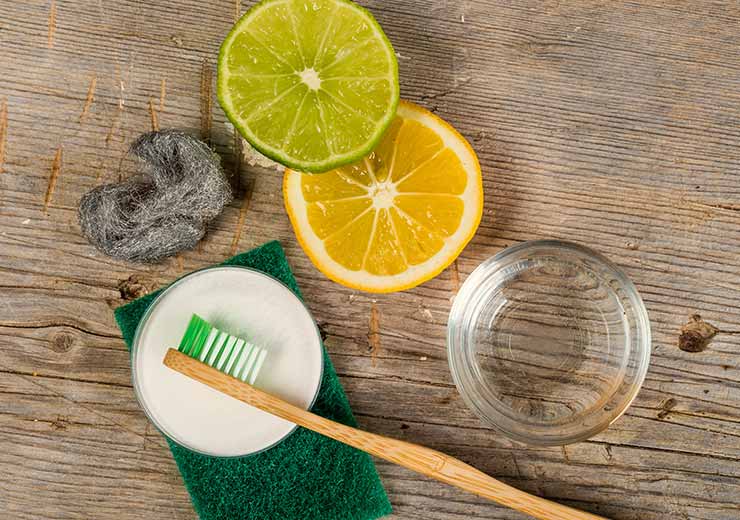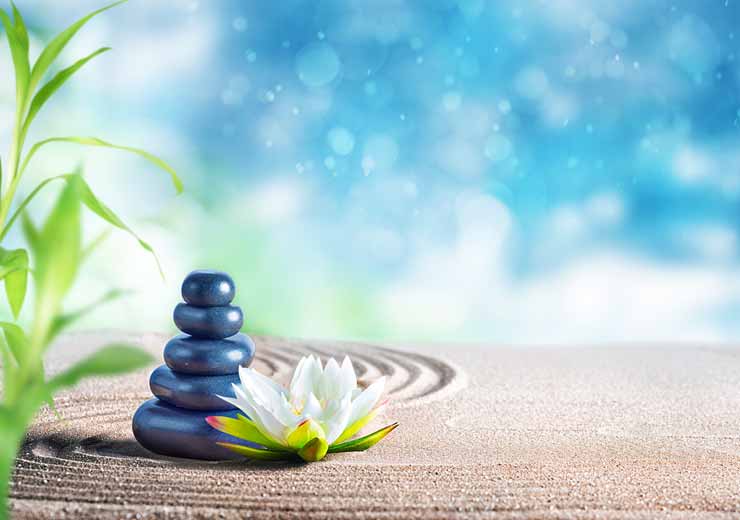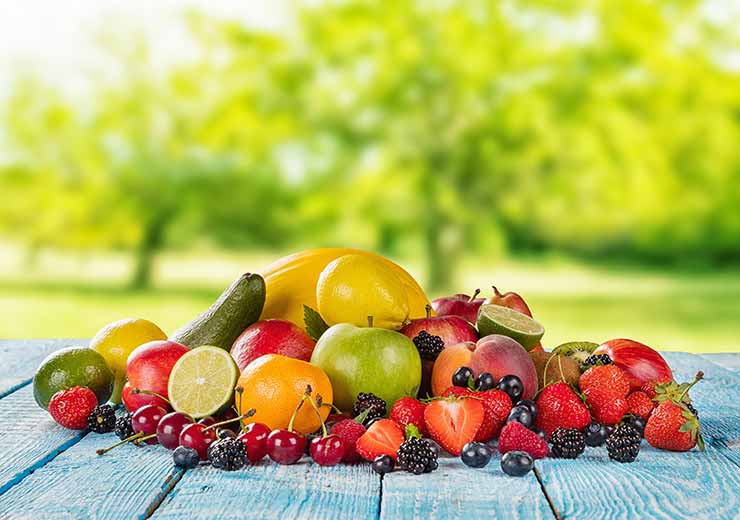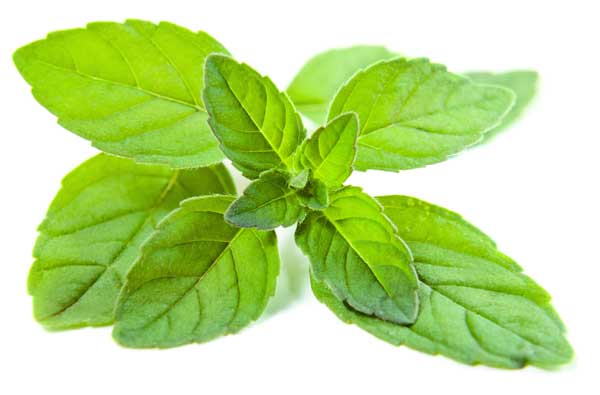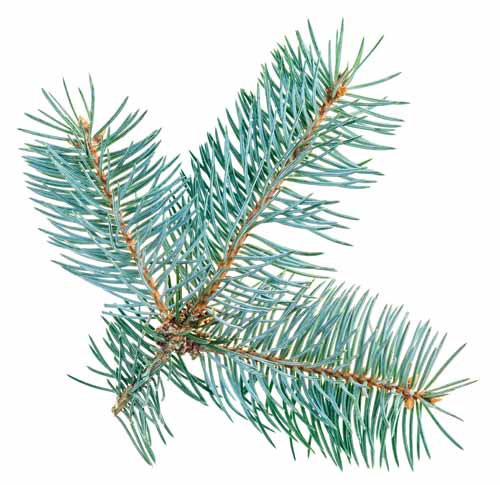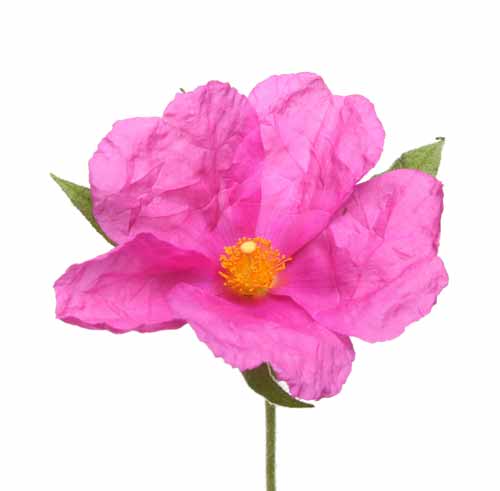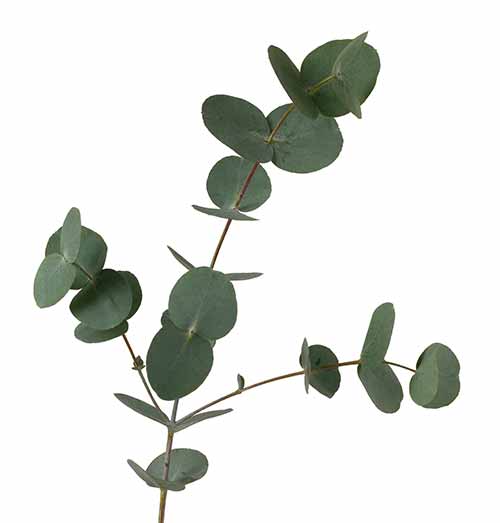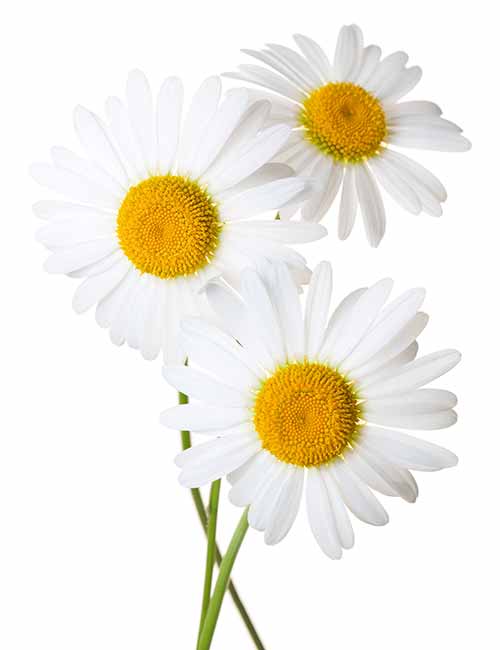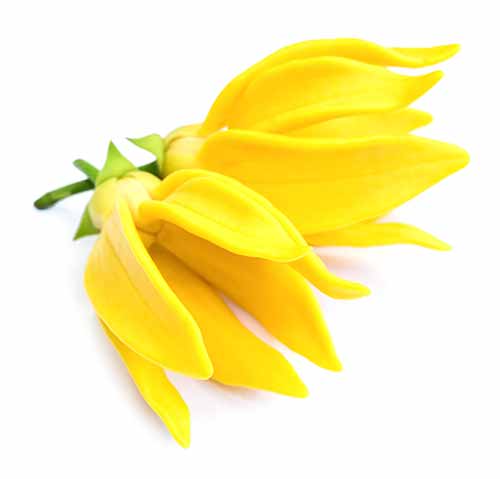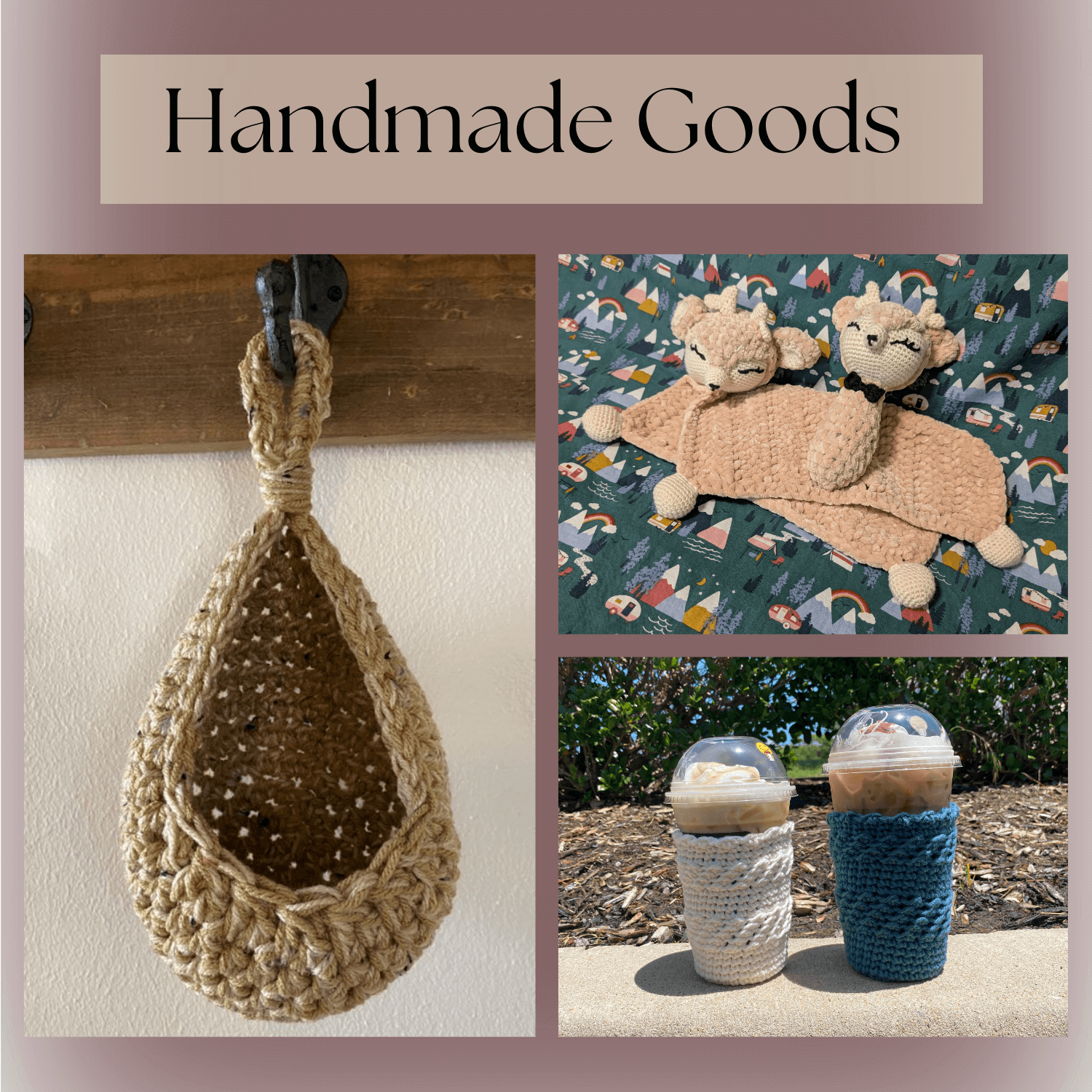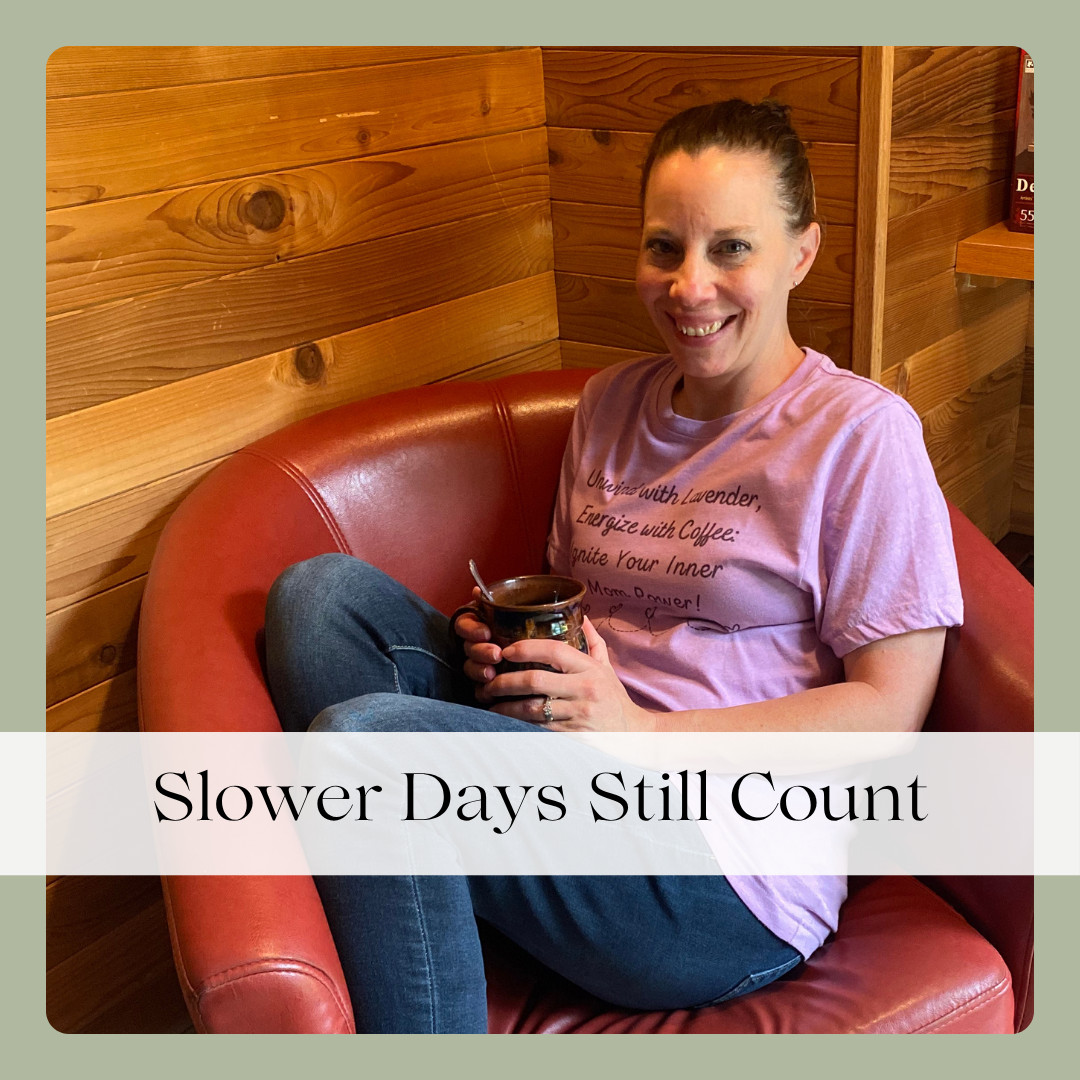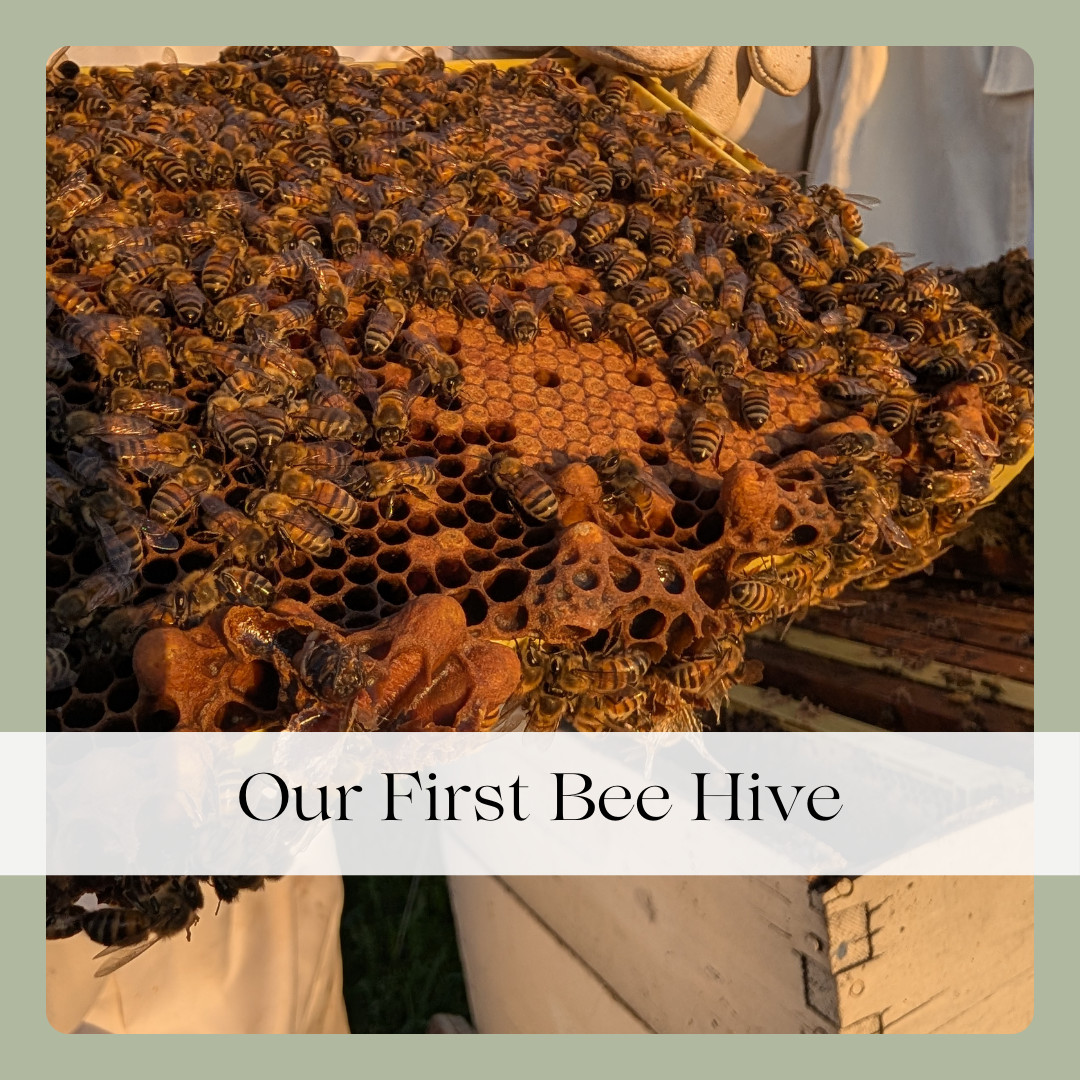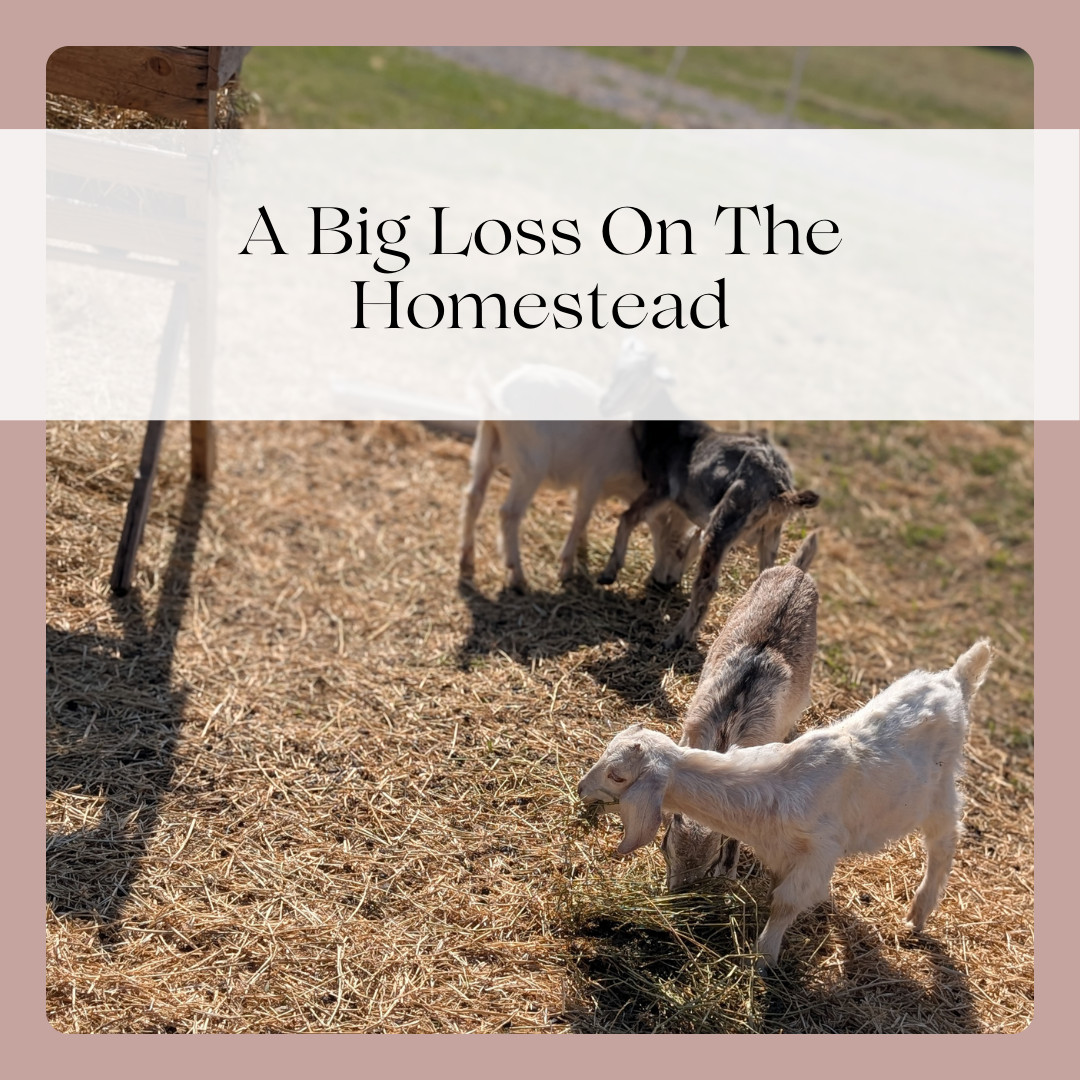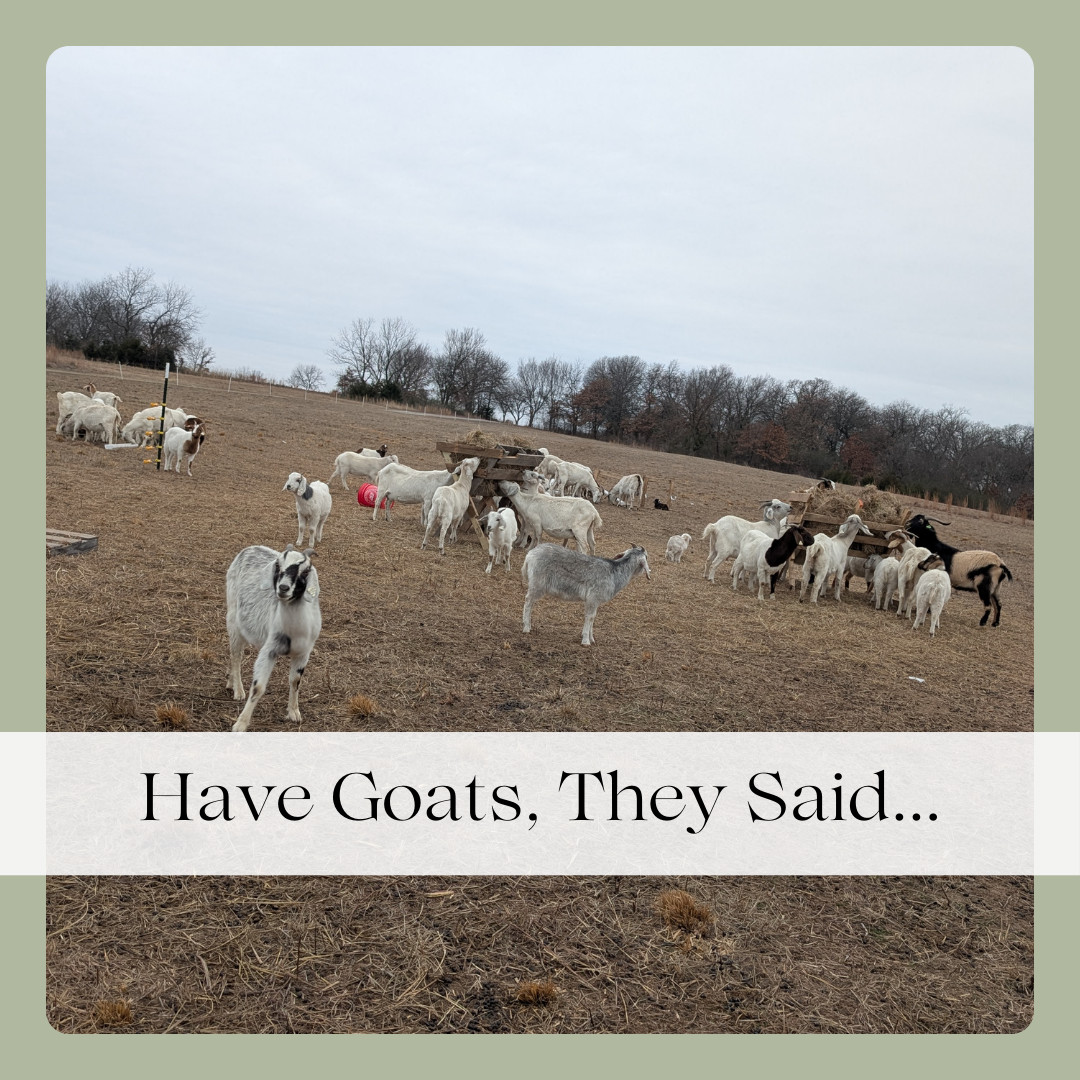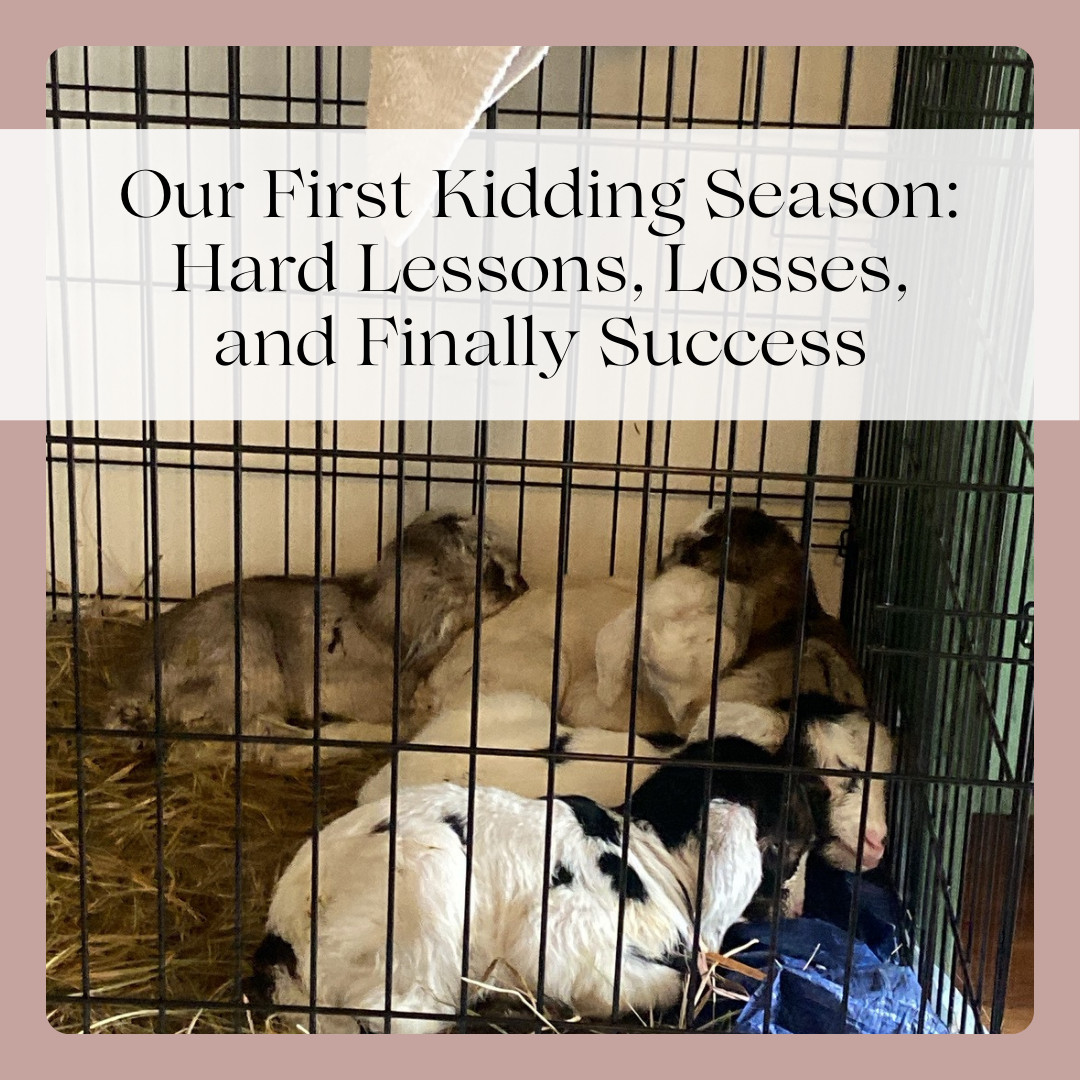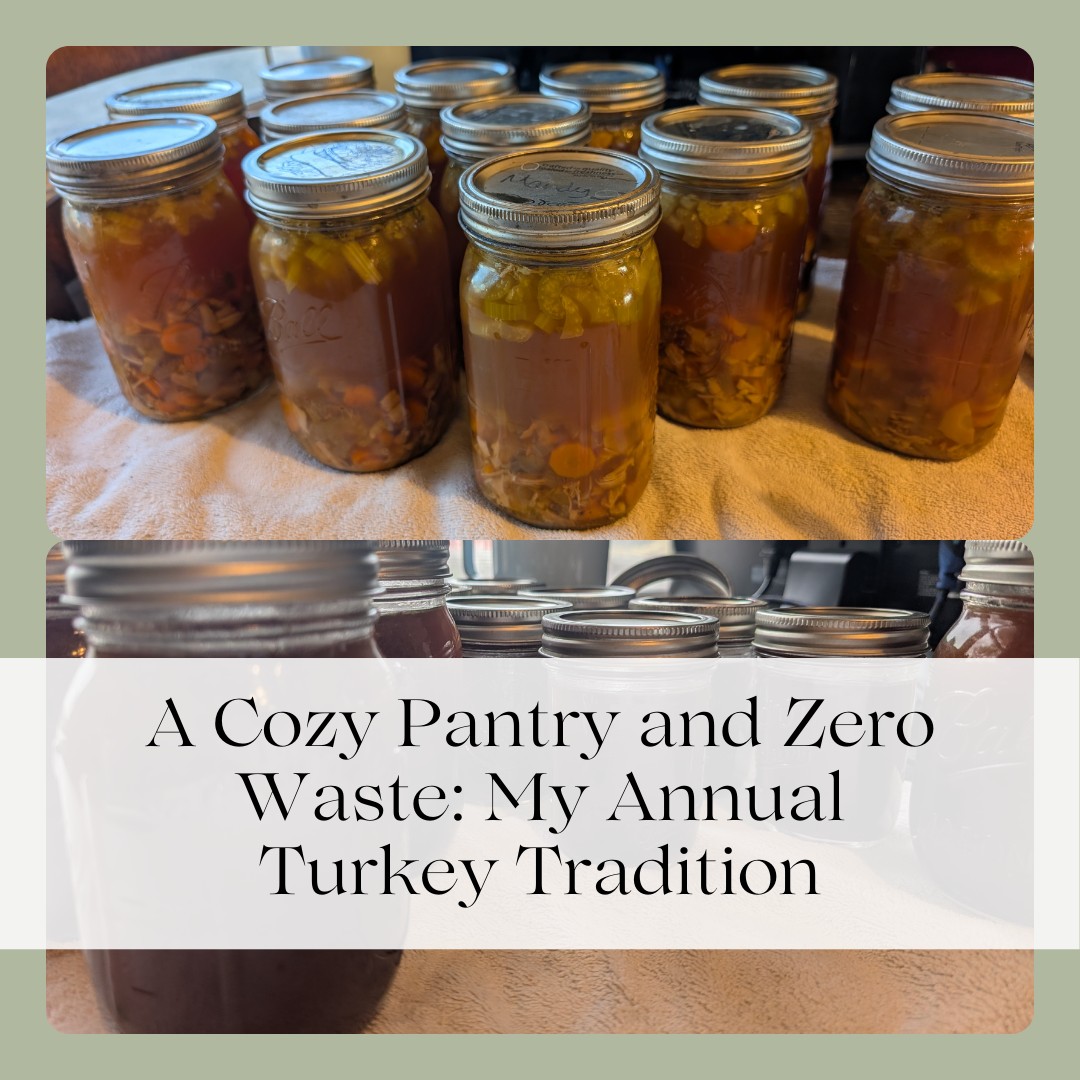
It's that time of year where we have big meals, fully bellies, and lots of left overs. A few years ago I started making turkey bone broth with the left over carcass. I have also canned turkey soup from the left over turkey meat. There have been a few years where we had an extra turkey that we just stored in the freezer, with the intent of pulling it out later and having a few more turkey meals. But, the reality is that it never happens that way. Every year I end up with another turkey in the freezer just waiting to be cooked. So this year I had the idea of just cooking them all...which happened to be almost 2 1/2 turkeys' worth of meat, bones, the works!
Yes, at one point I wondered what I was thinking with this brilliant idea I had. But now that it's all said and done, I'm glad I chose to just do it all at once. One big mess, then 3 rounds of canning, and I'm officially done with dealing with all that turkey!
Here's the breakdown of how that all worked:
We used 2 roasters. Each one had a full turkey in it (15ish pounds or more) and then one of them also had a turkey breast with the bone, so roughly another 1/2 turkey. We made our regular Thanksgiving day meal. Then we took all the meat off the bones to store in the fridge. With the carcasses, we used both roasters and made a few gallons worth of bone broth. I like to let mine brew at least 24 hours, usually closer to 48 hrs. I then take the broth and strain it into jars. Once the jars are cooled, I place them in the refrigerator for a day or so, so that the fat can rise to the top and I can easily scrape it off. I store the fat in another jar in the fridge to use in other meals.
While I'm waiting for my broth to chill, I usually make up a large batch of turkey soup (no noodles) and can it up for use throughout the year. This year I had about 3 canners worth of turkey soup. 19 quarts and 14 pints to be exact. And that's just the ones that canned properly. I ended up with 1 quart and 1 pint size jar that didn't seal properly. So they went into the fridge and we had them as a meal on another night.
Next up was canning the broth. I usually can it all in pint size jars because I rarely need more than 2 cups worth at a time. It's so concentrated that I usually dilute it and still have plenty of flavor. This year I decided to can both pint and half-pint sizes. I had 8 jars of each.
That may seem like a LOT of canned goods of the same thing, but I like to share! So my mom will get some, my daughter will have some to enjoy, and I'll probably even take a small jar of soup to my Granny. That's the joy of canning...everyone can benefit and enjoy it! And very little food has to go to waste! I love having a want not-waste not kitchen!
🌸 From my homestead heart to yours —
If you’re walking this same journey of homemaking, decluttering, and creating a peaceful, faith-filled home, you’re not alone.
I’d love to share encouragement, simple living inspiration, and homestead wisdom with you — right to your inbox.
– Amanda | The HomeGrown Mom 🌾


